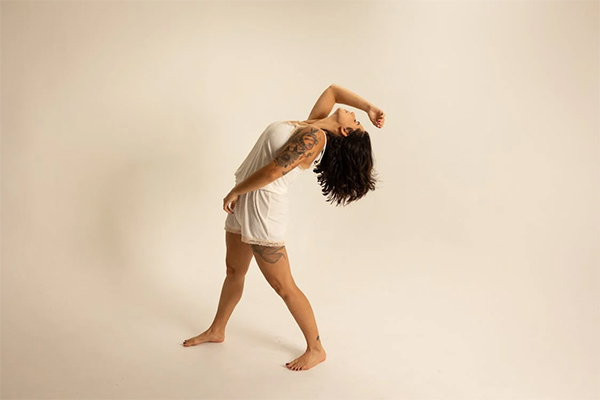Emerging as a vibrant and multifarious means of expression that goes beyond simple aesthetics, body art reflects personal experiences and broader society stories. Artists that use the human body as a canvas interact with audiences to question accepted artistic limits and encourage them to reconsider their ideas of identity and culture as they do so more and more. Rich interaction between tradition and innovation has influenced this evolution such that the materiality of the body becomes a venue for investigation, resistance, and connection in an always changing creative environment.
The Evolution of Body Art
Over the years, body art has changed significantly from traditional techniques to modern manifestations challenging social conventions. Originally anchored in cultural events and personal identity, artists started to investigate the body as a vehicle for self-expression and critique. Performance art brought dynamic exchanges between the artist and the audience, therefore erasing the distinctions between observer and participant. Thanks to developments in visual media, which enable documentation and distribution to a larger audience, this progression has been enhanced even more. Body art has thus evolved into a potent instrument for investigating ideas of the human experience, politics, and identity.
Performance Art: Body as Medium
In performance art, the body is a potent medium that lets creators use movement and presence to communicate complicated stories and emotions. This kind of expression pushes the spectator to a visceral experience that questions ideas of art itself, therefore beyond conventional creative limits. Often pushing the boundaries of endurance and comfort, artists use their physique to investigate ideas including vulnerability, identity, and society structures. Live performance’s immediacy fosters a special link between the performer and the audience, therefore enabling an atmosphere whereby reactions and shared experiences become natural part of the artwork. This dynamic interaction raises the body to a canvas with great significance.
Visual Media and the Body
Visual media has up fresh paths for documentation and interpretation, therefore changing the way body art is seen and experienced. Artists can record fleeting events using photography, film, and digital platforms, therefore enabling viewers to interact with their works long after the live event ends. This accessibility invites many interpretations and debates, hence extending the field of body art. Furthermore, the incorporation of technology allows creative partnerships to combine modern methods with age-old customs. The body thus becomes not just a place of performance but also a subject of visual investigation, which invites contemplation on identity, representation, and the essence of art itself.
The Impact of Technology on Body Art
Technological developments have fundamentally changed the field of body art, therefore increasing artists’ creative range. Real-time image and video editing made possible by digital tools lets artists improve their work using visual effects that change body impressions. Instant sharing made possible by social media channels links artists with worldwide audiences and supports body art practices by means of communities. Furthermore, virtual and augmented reality technologies produce immersive experiences that invite audiences to interact with performances in hitherto unheard-of capacities. Along with redefining body art’s production and consumption, this technology integration questions established ideas of presence and authenticity in the art world.
Body art’s development shows a significant change in our perspective and interaction with the human form as the expressive canvas. The interaction between physicality and technology creates fresh spheres of creation and communication as artists keep innovating and challenging standards. This continuous change not only enhances the artistic scene but also challenges society to rethink the importance of the body in delivering personal and group narratives, therefore altering the limits of art itself.
Photo Attribution:
1st & featured image by https://www.pexels.com/photo/tattooed-woman-lying-on-man-lap-18624569/
2nd image by https://www.pexels.com/photo/woman-posing-in-sleepwear-14007403/

